The extinction of dinosaurs 66 million years ago marks one of the most significant turning points in Earth’s biological history. For decades, scientists widely accepted the theory that a single massive asteroid impact at Chicxulub, Mexico, triggered the mass extinction event that wiped out approximately 75% of all species on Earth. However, recent scientific discoveries have challenged this long-held belief, suggesting that the dinosaurs’ demise might have resulted from not one, but two catastrophic asteroid impacts occurring in close succession. This emerging “Two-Impact Hypothesis” proposes that the Chicxulub impactor may have had a devastating partner, potentially doubling the environmental catastrophe that ended the Cretaceous period and the reign of dinosaurs.
The Established Chicxulub Impact Theory

The traditional extinction narrative centers on a colossal asteroid, approximately 10-15 kilometers in diameter, that struck Earth near the Yucatán Peninsula in Mexico about 66 million years ago. This impact created the Chicxulub crater, which spans roughly 150 kilometers in diameter and has been dated precisely to the Cretaceous-Paleogene (K-Pg) boundary. The environmental consequences were devastating: massive tsunamis, widespread wildfires, ejection of debris into the atmosphere blocking sunlight, and subsequent global cooling followed by long-term warming due to released greenhouse gases. Evidence for this impact is substantial, including an iridium-rich layer found worldwide at the K-Pg boundary, shocked quartz, tektites (small glass spherules formed from melted rock), and the crater itself, which has been extensively studied through geological surveys and drilling expeditions.
Introducing the Boltysh Crater: A Second Smoking Gun?
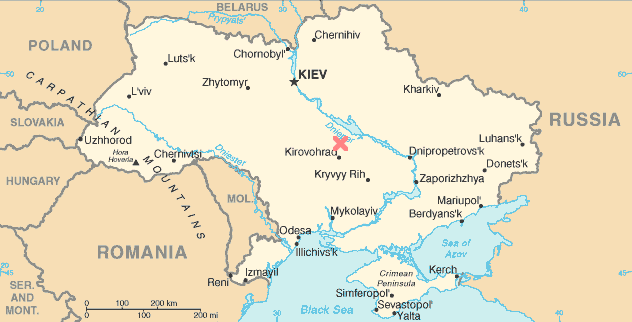
Located in Ukraine, the Boltysh impact crater measures approximately 24 kilometers in diameter and has recently gained attention in the scientific community. Initially discovered in the 1960s, more precise dating techniques have now placed the Boltysh impact very close to the Chicxulub event, potentially within a few thousand years of the K-Pg boundary. The crater resulted from an asteroid approximately 2-3 kilometers wide, considerably smaller than Chicxulub but still capable of causing significant regional devastation. Sediment cores from the crater show evidence of impact debris followed by a recovery layer, then another disturbance layer, suggesting it may have recorded both its own impact and potentially the effects of Chicxulub. This timing has proven crucial to the development of the Two-Impact Hypothesis, as it raises the possibility that Earth experienced multiple major impacts during this critical period of extinction.
The Nadir Crater Discovery: A Third Possible Player
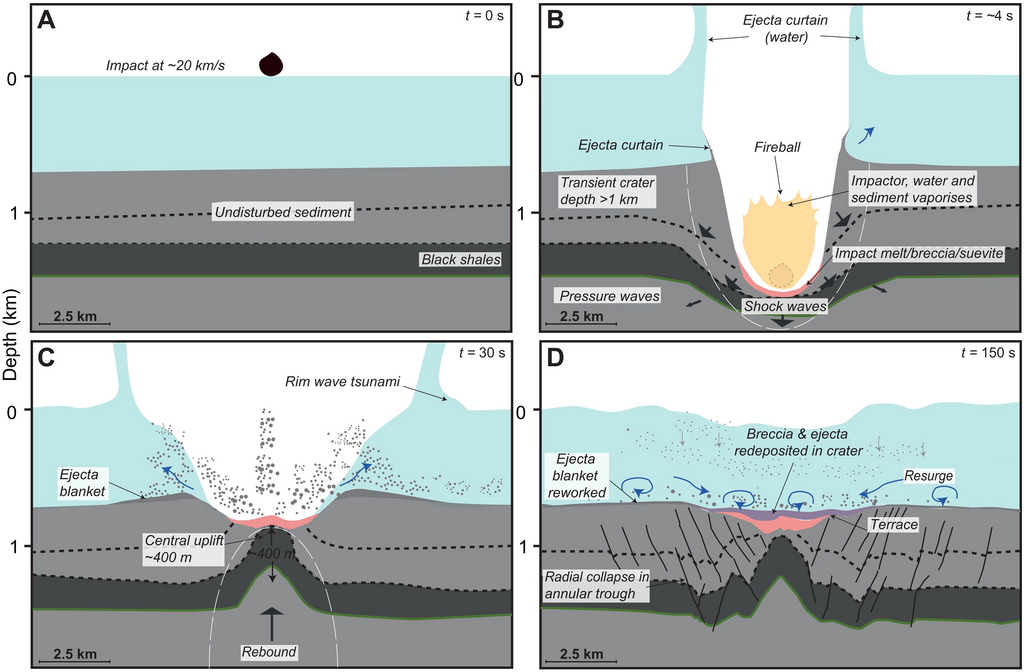
In 2022, scientists announced the discovery of another potential impact structure called the Nadir Crater, located off the coast of West Africa in the North Atlantic Ocean. Estimated to be about 8.5 kilometers wide, this structure has been tentatively dated to approximately the same time as the K-Pg boundary. Marine seismic investigations revealed crater-like features with a central uplift, consistent with an asteroid impact structure. If confirmed, the Nadir Crater would represent an impact from an asteroid roughly 400 meters wide – smaller than those that created Chicxulub and Boltysh but still capable of causing significant regional environmental effects. The discovery of Nadir further complicates the extinction scenario, suggesting the possibility that Earth may have experienced a series of impacts rather than just one or two major events, potentially indicating that our planet encountered a shower of asteroid fragments.
Astronomical Implications: Asteroid Showers and Binary Impactors

The potential discovery of multiple impact craters from the same time period raises important questions about what was happening in our solar system 66 million years ago. One hypothesis suggests that a larger asteroid may have broken apart prior to impact, creating multiple fragments that struck Earth over a relatively short geological timespan. Another possibility is that Earth encountered a binary asteroid system, where two asteroids orbit each other and struck in quick succession. Alternatively, the impacts could have resulted from Earth passing through a concentrated meteoroid stream or debris field, perhaps from a disrupted comet. Astronomical modeling has shown that such multiple impact scenarios are entirely plausible, with some research indicating that approximately 10-15% of all Earth-crossing asteroids may be binary systems. These astronomical considerations provide a theoretical framework for understanding how multiple major impacts could have occurred nearly simultaneously.
Timing Debates: How Close Were the Impacts?
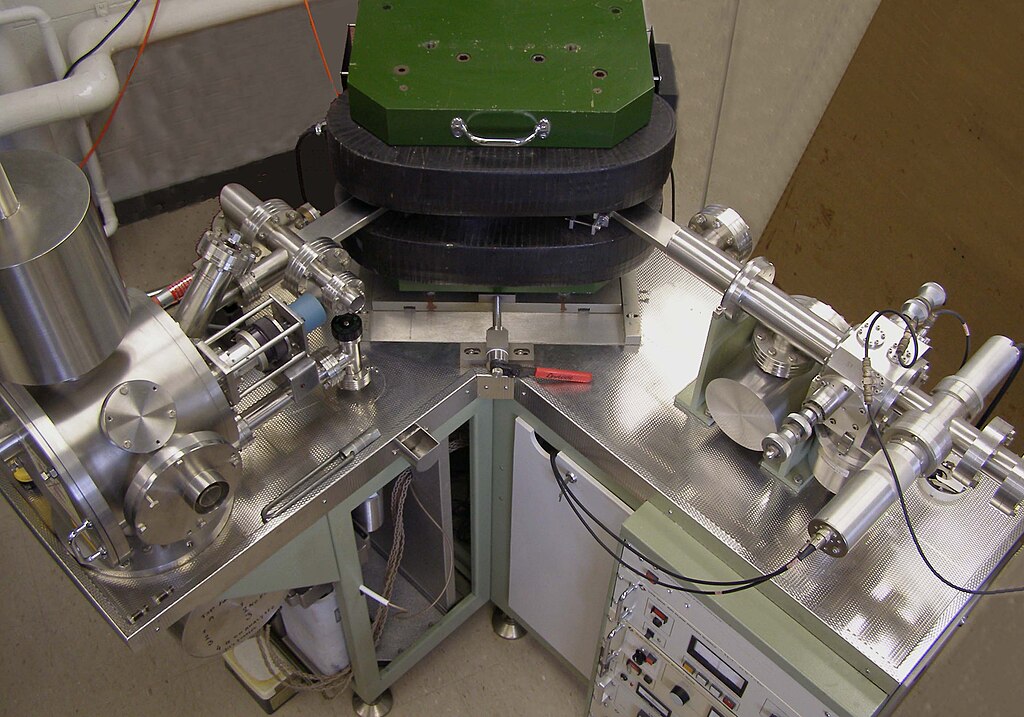
One of the most critical aspects of the Two-Impact Hypothesis is the precise timing of these events. For multiple impacts to have worked synergistically to cause mass extinction, they would need to have occurred within a geologically brief window – perhaps within thousands or tens of thousands of years. Current dating methods have margins of error that make it challenging to determine the exact sequence and timing of these impacts with absolute certainty. Some researchers argue that the Boltysh impact may have occurred shortly before Chicxulub, while others suggest it happened afterward. Radiometric dating using argon-argon methods has provided ages with error bars of approximately ±30,000 years, which makes precise sequencing difficult. The close timing remains one of the most actively debated aspects of the hypothesis, with ongoing research using multiple dating methods attempting to establish a more definitive chronology.
Cumulative Environmental Effects: A One-Two Punch

The environmental consequences of multiple impacts would likely have been far more severe than a single event, potentially explaining the extreme severity of the K-Pg extinction. Computer models suggest that while the Chicxulub impact alone caused massive environmental disruption, a second major impact occurring during the recovery phase could have delivered a devastating “knockout blow” to already stressed ecosystems. The first impact would have caused immediate devastation through tsunamis, wildfires, and an initial dust cloud, followed by months of darkness and cooling. As ecosystems began to recover, a second impact could have reset or exacerbated these conditions, preventing biological recovery and pushing many more species to extinction. This compounding effect might explain why the K-Pg extinction was so thorough compared to other mass extinctions in Earth’s history, particularly for large terrestrial animals like dinosaurs.
Geological Evidence: Reading the Layers

The geological record provides critical evidence for evaluating the Two-Impact Hypothesis. In multiple locations worldwide, scientists have discovered complex patterns in sediment layers at the K-Pg boundary that may indicate multiple disturbance events. These include double layers of iridium (an element rare on Earth but common in asteroids) and multiple horizons of shocked minerals, suggesting separate impact events. Sediment cores from the Boltysh crater itself show a sequence of initial impact debris, followed by a layer containing fern spores (indicating initial ecological recovery), and then another disturbance layer that might correlate with the Chicxulub event. Marine sediment cores from various ocean basins have also revealed complex patterns of disturbance and sedimentation around the K-Pg boundary. These stratigraphic signatures provide some of the strongest physical evidence supporting the possibility of multiple impacts contributing to the extinction event.
Biological Implications: Extinction Patterns Reconsidered

The extinction patterns observed at the K-Pg boundary might be better explained by multiple impacts rather than a single event. Different groups of organisms showed varying susceptibility to extinction, with some marine groups experiencing more severe losses than would be expected from the Chicxulub impact alone. For example, ammonites (shelled cephalopods) went completely extinct, while nautiloids (their close relatives) survived. Similarly, certain planktonic foraminifera disappeared entirely while others persisted. On land, all non-avian dinosaurs perished, but many small mammals, birds, crocodilians, and turtles survived. These complex, seemingly selective extinction patterns might reflect the different environmental stresses caused by multiple impacts affecting different regions and habitats in various ways. The timing between impacts could have created different windows of vulnerability for various species depending on their geographic distribution, life cycles, and ecological niches.
Scientific Controversy: Supporters and Skeptics
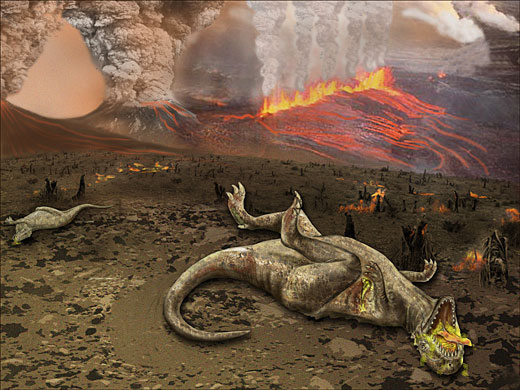
The Two-Impact Hypothesis remains controversial within the scientific community, with strong opinions on both sides. Supporters point to the dating of the Boltysh and potentially Nadir craters, the complex geological signatures at the K-Pg boundary, and the extreme severity of the extinction as evidence supporting multiple impacts. They argue that the traditional single-impact theory fails to account for the full range of geological and paleontological observations. Skeptics, however, maintain that the Chicxulub impact alone, combined with the ongoing Deccan Traps volcanism in India, provides a sufficient explanation for the mass extinction. They question whether the dating of additional craters is precise enough to link them conclusively to the extinction event and argue that the geological evidence for multiple impacts remains ambiguous. This healthy scientific debate continues to drive research efforts to find more definitive evidence.
Research Challenges: Dating Ancient Impact Events
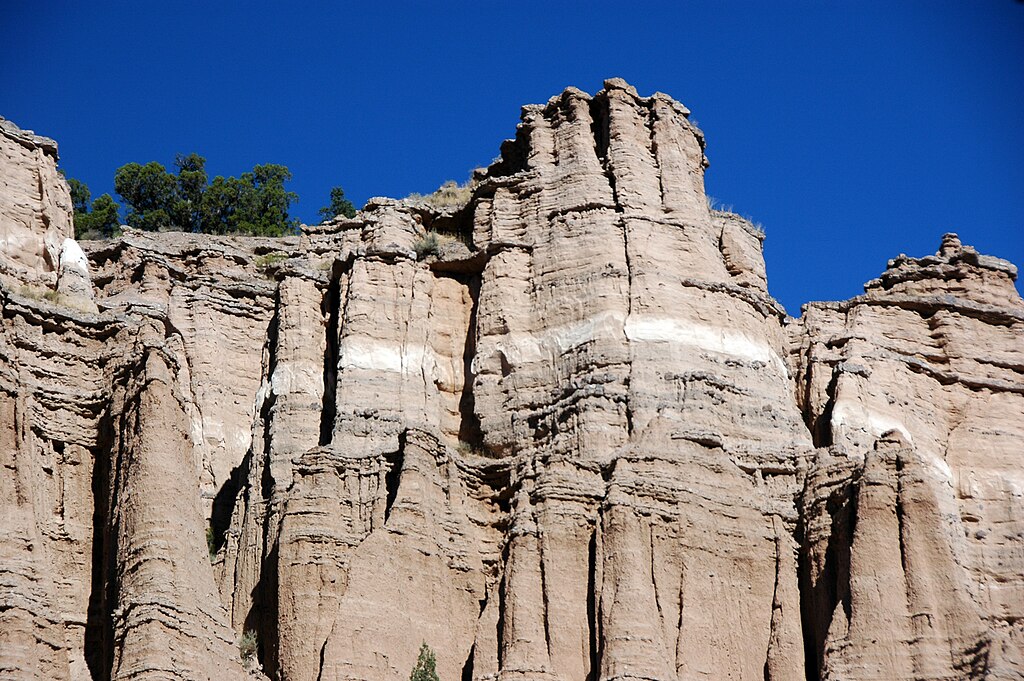
Establishing precise dates for ancient impact events presents significant scientific challenges that complicate efforts to confirm or refute the Two-Impact Hypothesis. Radiometric dating techniques, while powerful, have inherent margins of error that become problematic when trying to determine if events occurred within thousands of years of each other in rocks that are 66 million years old. Crater structures often experience erosion, sedimentation, and tectonic disturbances that can obscure or alter evidence. Marine craters like Nadir face additional challenges, as obtaining direct samples requires expensive deep-sea drilling operations. Researchers must also contend with the fact that different dating methods sometimes yield slightly different results, requiring careful cross-validation and statistical analysis. Despite these challenges, advances in analytical techniques continue to improve our ability to date impact structures with increasing precision, potentially bringing clarity to the timing debate in coming years.
Beyond Dinosaurs: Other Victims of the K-Pg Extinction
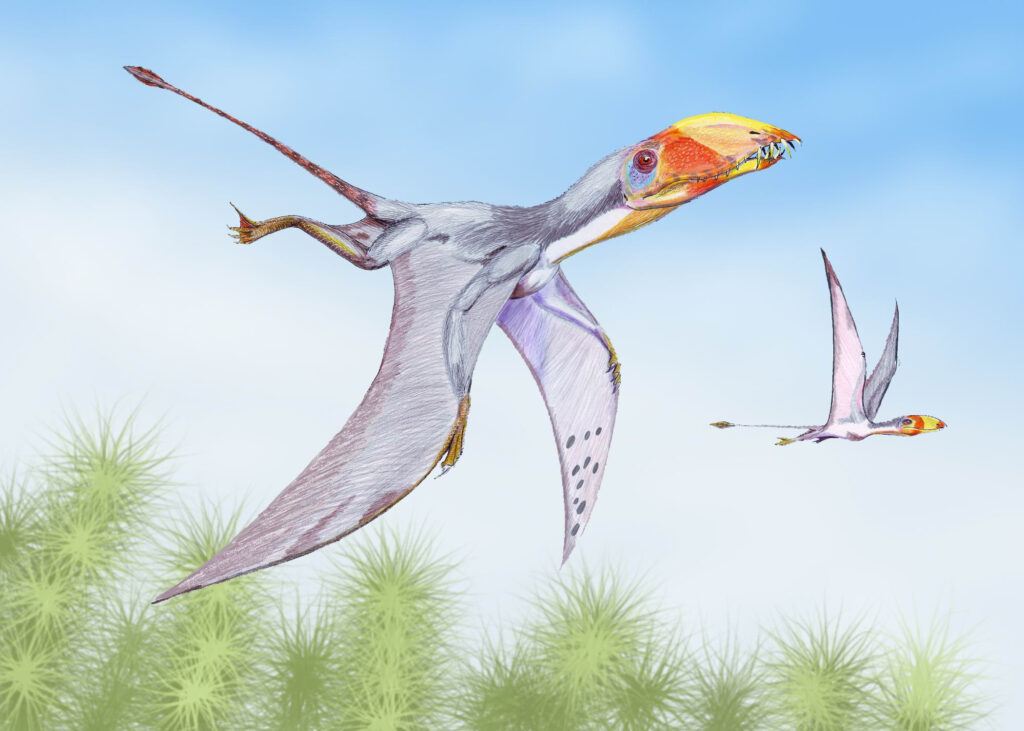
While dinosaurs often dominate discussions of the K-Pg extinction event, the catastrophe claimed numerous other victims whose disappearance might be better explained by multiple impacts. In the oceans, approximately 75% of species vanished, including ammonites, many marine reptiles like plesiosaurs and mosasaurs, and numerous species of plankton that formed the base of marine food chains. On land, flying pterosaurs disappeared entirely, along with many groups of plants, insects, and early birds. The pattern of extinction varied significantly across different environments and latitudes, with some regions appearing to suffer more complete ecosystem collapse than others. This geographic variation in extinction intensity could potentially align with predictions of the Two-Impact Hypothesis, especially if the impacts occurred in different regions of the planet, creating zones of more severe environmental damage near each impact site while allowing some refugia in more distant regions.
Current Research: Seeking Definitive Answers
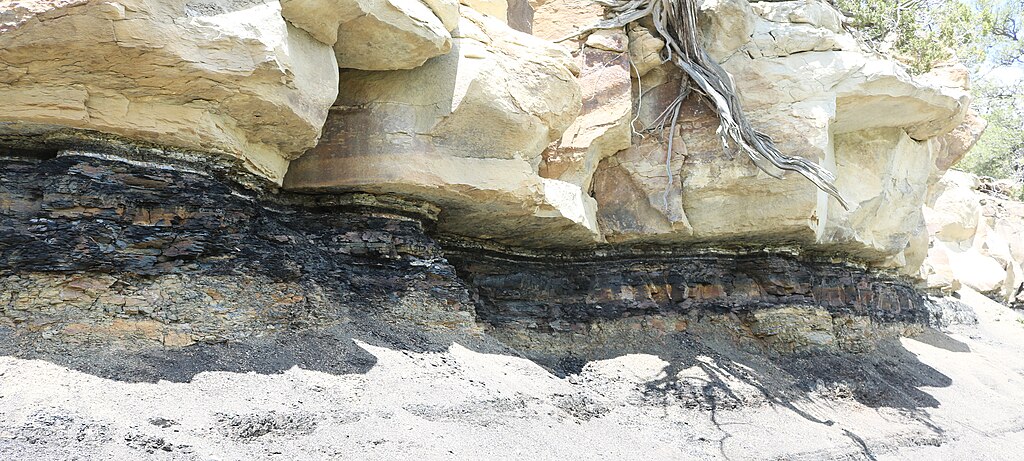
Today, multiple research teams are actively investigating the Two-Impact Hypothesis through various scientific approaches. Marine geologists are planning expeditions to collect core samples from the Nadir structure to confirm its impact origin and precise age. Geochemists are conducting high-resolution analyses of sediment layers at multiple K-Pg boundary sites worldwide, looking for chemical or mineralogical signatures that might distinguish effects from separate impacts. Paleontologists continue to refine the timing of extinctions for different groups of organisms, seeking patterns that might correlate with multiple environmental disturbances. Astronomers and planetary scientists are modeling scenarios involving asteroid breakups and binary systems to evaluate the likelihood of multiple impacts. Researchers are also using advanced mass spectrometry and other techniques to date impact materials with unprecedented precision. These multidisciplinary efforts reflect how the hypothesis has catalyzed new research directions in understanding Earth’s impact history.
Implications for Earth’s Future: Asteroid Defense Planning
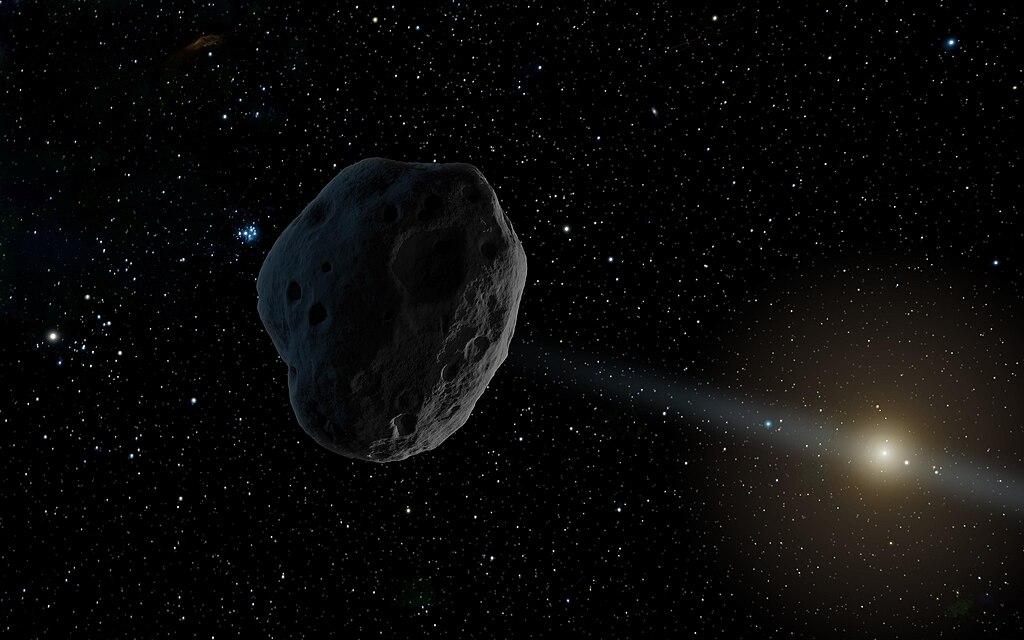
The Two-Impact Hypothesis has important implications for modern planetary defense strategies and our understanding of asteroid threat assessment. If Earth encountered multiple large impactors within a geologically brief timespan 66 million years ago, similar scenarios could occur in the future. This possibility influences how space agencies approach asteroid detection and defense planning, suggesting that tracking not only individual asteroids but also potential asteroid clusters, fragments, or binary systems may be crucial for planetary protection. NASA and other space agencies have already incorporated some of these considerations into their Near-Earth Object surveillance programs, which track thousands of potentially hazardous asteroids. The discovery of binary asteroids like Didymos-Dimorphos (target of NASA’s DART mission) has further emphasized the importance of understanding multiple-body systems. By studying ancient multiple impact scenarios, scientists can better prepare for defending Earth against similar threats in the future.
Conclusion
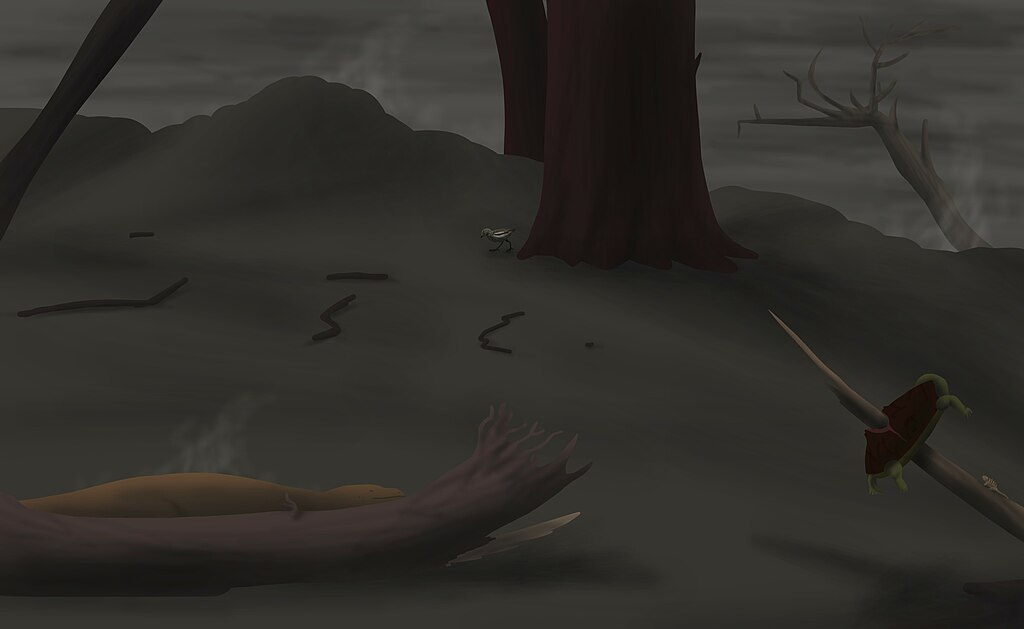
The Two-Impact Hypothesis represents a fascinating evolution in our understanding of one of Earth’s most significant extinction events. While the Chicxulub impact remains central to explaining the dinosaurs’ demise, emerging evidence suggests a more complex scenario involving multiple asteroid strikes may better account for the severity and patterns of the K-Pg extinction. The discovery and dating of the Boltysh and Nadir craters have opened new avenues for research, challenging scientists to reconsider established theories about this pivotal moment in Earth’s history. As investigation continues with increasingly sophisticated technologies and methods, we may soon determine whether the dinosaurs and countless other species were indeed victims of cosmic bad luck twice over. Whatever the ultimate conclusion, this scientific debate illustrates how our understanding of even seemingly well-established historical events continues to evolve with new discoveries and interpretations.



